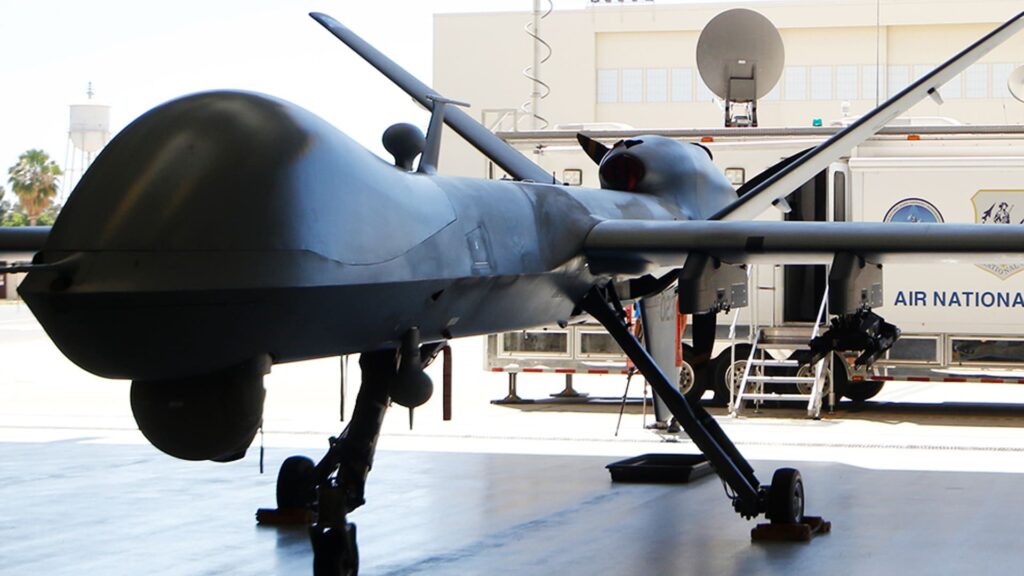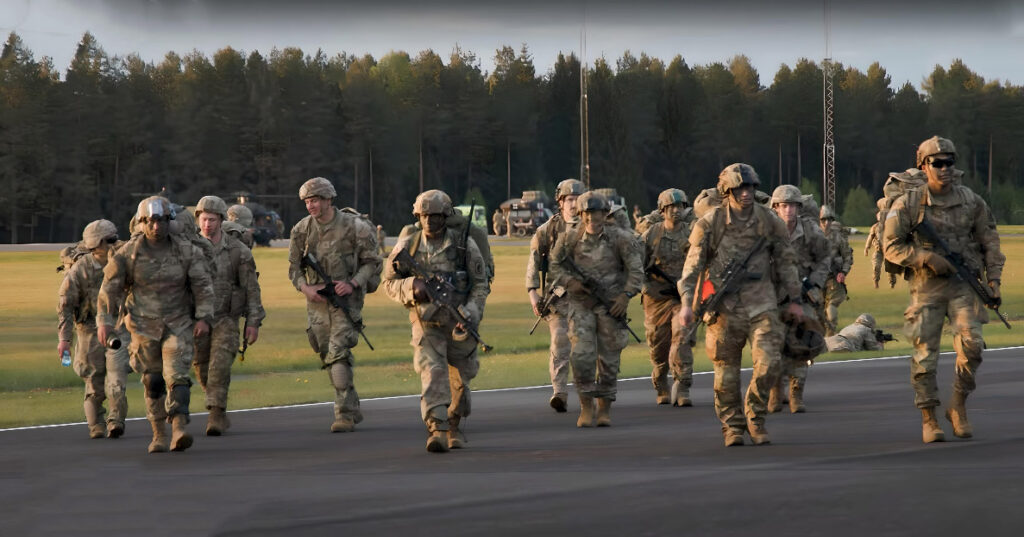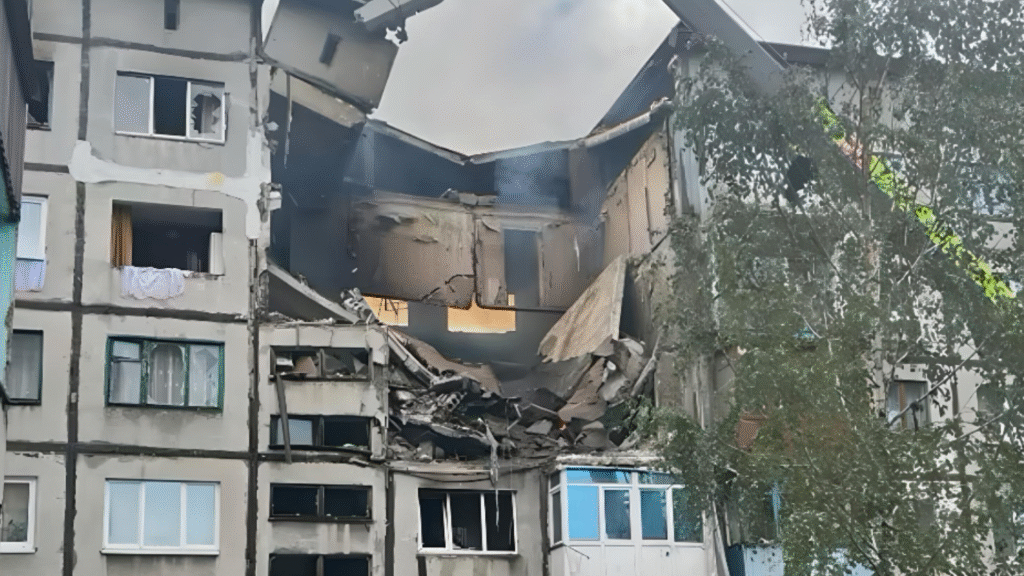On July 11, 2025, U.S. Secretary of Defense Pete Hegseth unveiled a bold new approach to developing military unmanned aerial vehicles (UAVs), marking a turning point not just in military technology but in the overall logic of defense production. The policy shift, detailed in internal memos first reported by Fox News, aims to make drones as commonplace and essential on the battlefield as artillery shells.
Hegseth, who took office less than a year ago, formally initiated sweeping reforms to accelerate drone deployment. His directives lift long-standing restrictions that previously prevented officers from directly purchasing and testing drones. Now, colonels and captains have the authority to independently procure, evaluate, and field new drone models — including prototypes made with 3D printers — without lengthy bureaucratic approval processes.
This decentralization is rare for a defense system known for its red tape. But Hegseth made it clear: the time for bold action has come. “Our warfighters can’t afford to wait for paperwork to move through seven layers of approval. Warfare has changed. Drones aren’t a supplement — they are the foundation of modern combat,” reads the July 10 memorandum.
The change is not just about catching up — it’s about redefining production philosophy itself. The Pentagon is shifting away from costly, complex platforms in favor of simple, mass-producible systems that can be quickly adapted to battlefield conditions. As Hegseth noted, “An $800 drone can destroy equipment worth millions. Our previous procurement model was not designed for that reality.”
He acknowledged that other global powers currently outpace the U.S. in the volume of small UAV production, but expressed confidence that flexibility, technological depth, and industrial capacity will close that gap. Supporting this, three new drone testing ranges are set to open within 90 days, dedicated to rapid deployment and experimentation.
Recent conflicts have strongly influenced this transformation. The war in Ukraine has shown the full potential of next-generation drones — from mini reconnaissance UAVs to strike platforms capable of carrying lethal payloads. Their low cost, precision, and adaptability have made them weapons of first resort. Even adversaries have acknowledged their battlefield impact.
Operations in the Middle East have further emphasized the point, particularly drone attacks on maritime targets. These events have forced military planners to accept a new reality: there are no rear areas anymore — effective drone defense is needed everywhere.
The Pentagon’s new strategy also draws from international models. In Germany, small drones have recently been classified as munitions, allowing for faster and more streamlined production. The U.S. now seeks to implement similar measures, transforming drones into a logistical asset comparable to conventional ammunition.
Commercial innovation plays a central role in the plan. The Department of Defense intends to collaborate directly with startups, universities, and independent developers, granting them streamlined access to military contracts without layers of intermediaries. This is expected to shorten the gap between lab prototypes and battlefield-ready systems.
Among the UAVs already undergoing testing are AI-controlled drone swarms and low-signature kamikaze drones. Simplicity, modularity, and rapid field modification are the design priorities.
The drone race is quickly becoming a defining technological contest of our time. Judging by the Pentagon’s latest moves, it is no longer a long-term strategy — it’s an urgent matter of staying ahead in the present. Hegseth’s actions signal a deep shift in how war is fought and how military innovation is approached. This is not just a response to global developments — it’s a move to seize the initiative in a race where months, not years, determine supremacy.



